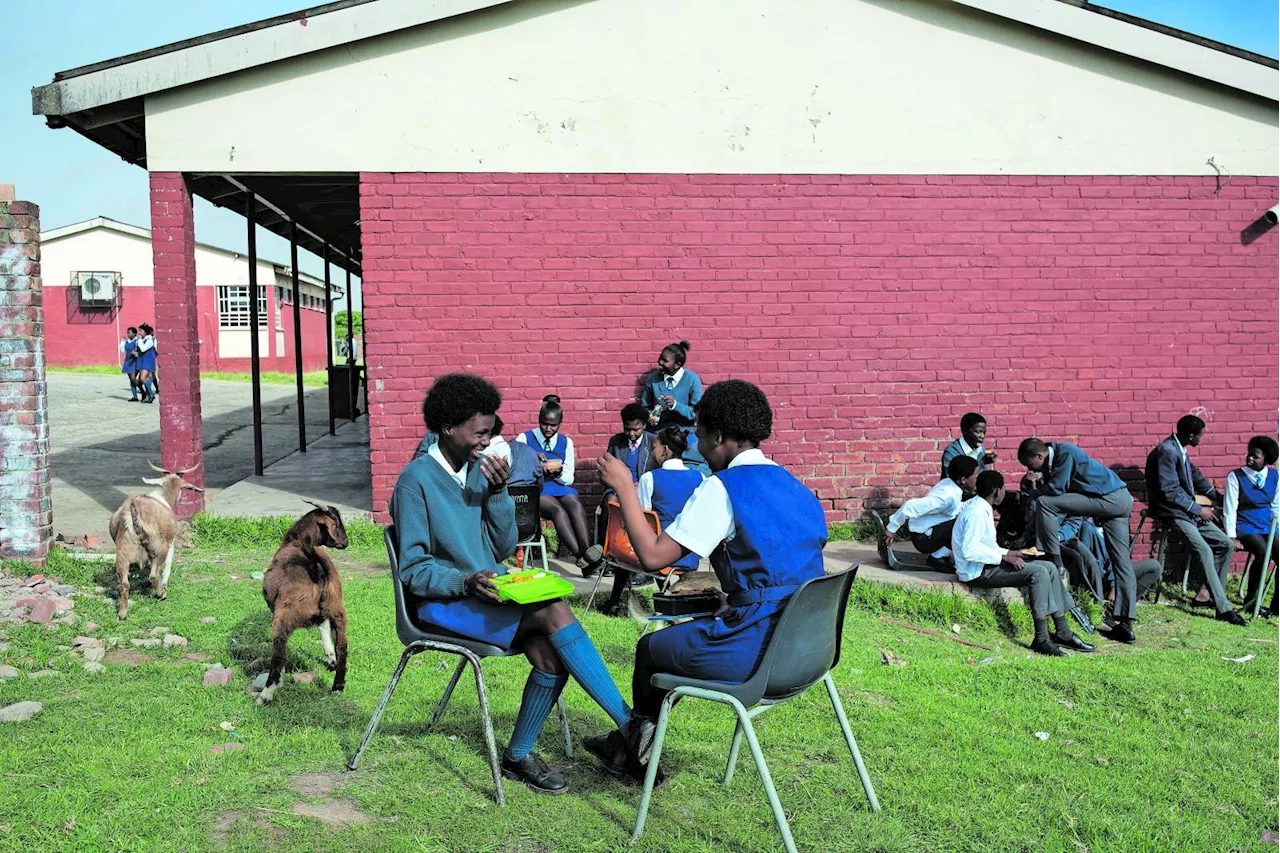A recent Volvo survey reveals concerning trends in seatbelt usage, highlighting a gender divide and the risks among young drivers. Men are more likely to forgo seatbelts in perceived 'safe areas' and associate them with negative driving habits, while women demonstrate greater safety consciousness. The survey also warns about the alarming lack of seatbelt use among young drivers.
The humble seatbelt, a life-saving innovation that saves millions of lives, is often overlooked. A recent survey by Volvo Car South Africa sheds light on concerning trends in seatbelt usage, particularly among young people. The survey also uncovers a fascinating gender divide to buckling up. Men vs. women: Buckle up battle The survey highlights the influence of the 'cool factor' on men's seatbelt habits.
Nearly 20% of men believe wearing a seatbelt isn't necessary in 'safe areas' like parking lots or familiar roads. This behavior is amplified when other passengers aren't buckled up, suggesting men are more susceptible to peer pressure. Interestingly, men are also more likely to associate seatbelt use with bad driving or nervous passengers. Women, on the other hand, seem more safety-conscious. They buckle up more frequently as drivers and front-seat passengers, and only 8% associate seatbelts with negative connotations. This cautious approach extends to overall driving behavior. The survey found women tend to rate themselves as better drivers and are less likely to speed or use mobile phones while driving compared to men. Age matters: Young drivers at risk The survey also highlights a worrying trend among younger drivers, with many neglecting to wear seatbelts altogether. This puts them at significant risk, as accidents can happen anywhere, anytime. Volvo: Leading the way in safety Recognising the importance of inclusivity in safety measures, Volvo has pioneered the use of female crash test dummies and virtual pregnant woman models to ensure their safety innovations cater to all body types. Seatbelts: A lifesaving habit for everyone Regardless of gender, age, or location, wearing a seatbelt is crucial. Most fatal accidents occur close to home and at lower speeds, making short trips just as risky as long journeys. Buckle up every time, every journey. It could save your life.
SEATBELTS SAFETY DRIVING GENDER YOUNG DRIVERS
South Africa Latest News, South Africa Headlines
Similar News:You can also read news stories similar to this one that we have collected from other news sources.
 Volvo Urges South African Drivers to Prioritize Safety This Festive SeasonVolvo Cars has issued a call for South African drivers to prioritize safety, especially during the festive season. A study by Volvo Car South Africa reveals alarming seatbelt habits among young drivers, with 52% of 18- to 24-year-olds sometimes or never wearing a seatbelt. The 'cool factor' is identified as a significant influence on seatbelt use, with overconfident young drivers least likely to adhere to seatbelt laws.
Volvo Urges South African Drivers to Prioritize Safety This Festive SeasonVolvo Cars has issued a call for South African drivers to prioritize safety, especially during the festive season. A study by Volvo Car South Africa reveals alarming seatbelt habits among young drivers, with 52% of 18- to 24-year-olds sometimes or never wearing a seatbelt. The 'cool factor' is identified as a significant influence on seatbelt use, with overconfident young drivers least likely to adhere to seatbelt laws.
Read more »
 Bela Act debate reveals deeper divide in SA politicsBela Act standoff shows how defending privileges perpetuates inequality, stalling SA’s efforts to create a more inclusive and just society.
Bela Act debate reveals deeper divide in SA politicsBela Act standoff shows how defending privileges perpetuates inequality, stalling SA’s efforts to create a more inclusive and just society.
Read more »
 Russophobia in RSA threatens to further divide usAn already fractured South Africa can ill-afford further division from resurgent, McCarthyite, 'Red Scare' Russophobia (and Sinophobia).
Russophobia in RSA threatens to further divide usAn already fractured South Africa can ill-afford further division from resurgent, McCarthyite, 'Red Scare' Russophobia (and Sinophobia).
Read more »
 In2IT Technologies leads efforts to bridge SA’s digital divide, skills gap with youth development initiativesOne of its programmes, the In2Intellectuals Skills Programme, has provided training for more than 200 unemployed learners in ICT and engineering fields.
In2IT Technologies leads efforts to bridge SA’s digital divide, skills gap with youth development initiativesOne of its programmes, the In2Intellectuals Skills Programme, has provided training for more than 200 unemployed learners in ICT and engineering fields.
Read more »
 Phylaxis.ai, Carmen Boucher join forces to bridge SA’s healthcare divideThe healthtech platform uses medical and data science for personalised health assessments and education.
Phylaxis.ai, Carmen Boucher join forces to bridge SA’s healthcare divideThe healthtech platform uses medical and data science for personalised health assessments and education.
Read more »
 Bridging the Educational Divide: The Struggle of South African Public Schools Amidst Structural InequalityThe stark disparity between public and private education in South Africa highlights the ongoing challenges faced by public schools in providing adequate resources and facilities to their students. Public schools grapple with staffing shortages, lack of infrastructure, and overcrowded classrooms, while private schools offer a vastly different experience with small class sizes, advanced facilities, and individualised support.
Bridging the Educational Divide: The Struggle of South African Public Schools Amidst Structural InequalityThe stark disparity between public and private education in South Africa highlights the ongoing challenges faced by public schools in providing adequate resources and facilities to their students. Public schools grapple with staffing shortages, lack of infrastructure, and overcrowded classrooms, while private schools offer a vastly different experience with small class sizes, advanced facilities, and individualised support.
Read more »
